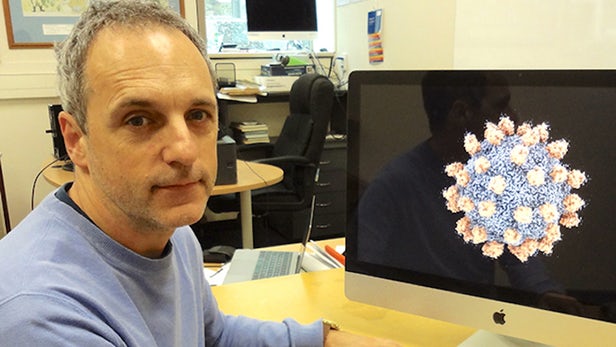
Breaking News
 Alternative Ways to Buy Farmland
Alternative Ways to Buy Farmland
 LED lights are DEVASTATING our bodies, here's why | Redacted w Clayton Morris
LED lights are DEVASTATING our bodies, here's why | Redacted w Clayton Morris
 How My Youtube Channel Makes Money
How My Youtube Channel Makes Money
Top Tech News
 Travel gadget promises to dry and iron your clothes – totally hands-free
Travel gadget promises to dry and iron your clothes – totally hands-free
 Perfect Aircrete, Kitchen Ingredients.
Perfect Aircrete, Kitchen Ingredients.
 Futuristic pixel-raising display lets you feel what's onscreen
Futuristic pixel-raising display lets you feel what's onscreen
 Cutting-Edge Facility Generates Pure Water and Hydrogen Fuel from Seawater for Mere Pennies
Cutting-Edge Facility Generates Pure Water and Hydrogen Fuel from Seawater for Mere Pennies
 This tiny dev board is packed with features for ambitious makers
This tiny dev board is packed with features for ambitious makers
 Scientists Discover Gel to Regrow Tooth Enamel
Scientists Discover Gel to Regrow Tooth Enamel
 Vitamin C and Dandelion Root Killing Cancer Cells -- as Former CDC Director Calls for COVID-19...
Vitamin C and Dandelion Root Killing Cancer Cells -- as Former CDC Director Calls for COVID-19...
 Galactic Brain: US firm plans space-based data centers, power grid to challenge China
Galactic Brain: US firm plans space-based data centers, power grid to challenge China
 A microbial cleanup for glyphosate just earned a patent. Here's why that matters
A microbial cleanup for glyphosate just earned a patent. Here's why that matters
 Japan Breaks Internet Speed Record with 5 Million Times Faster Data Transfer
Japan Breaks Internet Speed Record with 5 Million Times Faster Data Transfer
Nobel-winning technology reveals cancer-killing virus locking onto target like a "key in a lock

Last year, a cutting edge scientific imaging technology called cryo-electron microscopy earned a Nobel Prize for chemistry, lauded by the committee as ushering in a "revolution in biochemistry." The technique allows scientists to visualize biomolecules in their natural state for the first time ever, and one year on is already opening up some exciting possibilities. Now, scientists have used it to image a high-potential cancer-killing virus in unprecedented detail, allowing them to now ponder how it might be genetically modified to better do the job.
According to the Nobel statement accompanying the announcement last year, cryo-electron microscopy has allowed scientists to "visualise processes they have never previously seen." It relies on a careful freezing method that turns water inside cells into a solid to preserve their cellular structure, along with a modified electron microscope that blasts it with weakened beams for that very same reason.
This, paired with pioneering mathematical algorithms, has already enabled scientists to use cryo-electron microscopy to probe the secrets of poisonous bacteria, polio-fighting plant viruses and the immune-regulating effects of tick saliva. Now, scientists at the University of Otago and the Okinawa Institute of Science and Technology (OIST) are using it to explore the potential for designer viruses that kill off cancer.

 No Excuses: Throw A Party!
No Excuses: Throw A Party!


